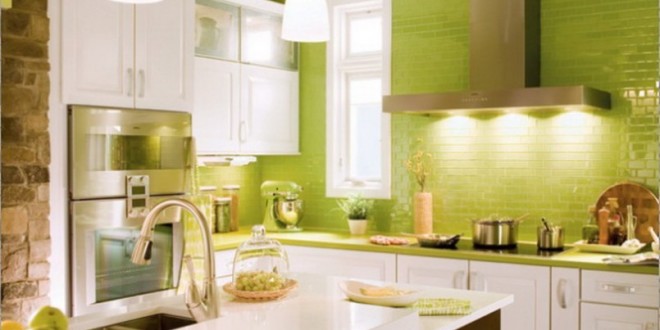As utility costs increase, homeowners are more interested in improving the energy efficiency of their homes. According to the U.S. Energy Information Administration, the average cost of electricity is $115 per month in the United States—or about $1,400 per year.
Upgraded features, airtight insulation and sustainable materials increase market value, save money and make living “greener” easier. To enhance your home’s energy efficiency, you might consider adding these five green technologies.
1. Solar Products
Installing solar panels is an obvious way to substantially reduce your energy outputs and save on your electricity bills. The average residential 5-kilowatt (kW) solar panel system may run between $15,000 and $25,000 before incentives and rebates kick in.
Solar panels typically have a life expectancy of about 25 to 30 years, so while the upfront expense may be high, homeowners could potentially save around $10,000 to $30,000 over their lifetime.
Suppose solar panels are not in your budget. In that case, you can purchase other solar-powered products to improve the efficiency of your house, such as solar roofing shingles, outdoor lighting, water heaters, irrigation systems and generators.
2. Smart Thermostat
An outdated HVAC system requires regular maintenance to prevent wasting energy and emitting harmful pollutants. By upgrading to a smart thermostat, you can better control heating and cooling outputs for optimal comfort.
A smart thermostat connects with a Wi-Fi device to automatically set a particular temperature in your home. Some smart thermostat design features may include:
- Automation to learn your temperature preferences and adjust itself accordingly, even if you’re away
- Allow you to set a specific temperature for each room according to occupancy
- Enables you to set the temperature in your house remotely with a cell phone, while geofencing informs your smart thermostat when you’re coming home
- Automatically enters a standby mode when it’s inoperative
- Updates occasionally to ensure you have the most energy-efficient software features
3. Energy Star Appliances
Modern appliances can make an impact when trying to boost your household’s energy efficiency. Swapping older appliances for newer ones can help lower your energy bills by $320 per year, from refrigerators to washer and dryer units to dishwashers.
For instance, modern washing machines and dishwashers conserve water by nearly 35% and energy consumption by 15% to 19%, respectively.
Of course, not every appliance is regarded as green by the U.S. Department of Energy’s (DOE) minimum efficiency standards. The DOE considers how often homeowners utilize a product and the total energy use of the product nationwide.
4. LED Lighting
Switching out incandescent lightbulbs to light-emitting diode (LED) alternatives is an affordable way to improve energy efficiency in your house. LED green technology is 90% more efficient than traditional lighting that’s commonly used throughout residential buildings.
You might also consider installing solar LED lighting in your garden beds, walkway or driveway. Like other solar products, solar LED lights absorb energy from the sun, delivering beautiful lumination to enhance your curb appeal at night. The best part is that you won’t need to tap into the electrical grid for them to work.
5. Dual-Flush Toilets
Today’s toilets are highly energy-efficient and conserve a lot of water—even using 20% less water per flush than federal standards. If you’re wondering how green technology has advanced the modern, energy-efficient toilet, dual-flush toilets give you even greater control over water consumption.
Dual-flush toilets have two flushing options: a lighter flush for liquid waste and a more robust mechanism for flushing solid waste. Thankfully, you won’t need to upgrade your entire plumbing system to install a dual-flush toilet.
Instead of purchasing a new toilet, you can also find hardware kits that allow you to convert what you currently have into a dual-flush system.
Advanced Technology for a Greener Home
Advanced green technologies help you consume less energy and save money on utility bills. More importantly, they aim to improve your quality of life in and around your home. Whether you’re looking to install a significant upgrade like a new HVAC or solar panels or simply replace old lightbulbs and toilets with energy-efficient alternatives, there is a sustainable home innovation to fit your budget.



